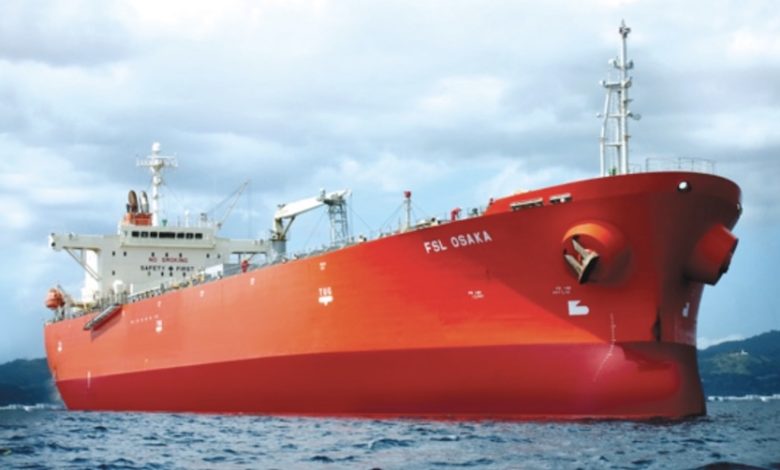May favours product tankers as politics and policy cloud market picture

Product tankers are in the spotlight as recovering demand meets constrained supply and crude trades recalibrate to new geopolitical realities, writes Tim Smith from Maritime Strategies International.
A combination of geopolitics and COVID policy is colliding with rising demand for oil products to sustain the extreme volatility seen in tanker markets in Q2 22.
The latest HORIZON monthly report from MSI notes that the focus has switched from mid-sized crude carriers to product tankers, with handysize, MR and LR1/2 spot earnings surging at the back end of April and holding at high levels across the first half of May.
Unlike the crude sector, where much of the upside was driven by routes linked to Russian regions, the product tanker market is clearly related to rising refining margins which, despite crude prices remaining well above $100 a barrel, have also increased sharply.
Global oil product stocks are also at very low levels and tightness is concentrated in the middle distillates market which are being buoyed by increasing economic activity and use of jet fuel as travel recovers. Product trade flows have seen limited movement overall – April saw about 3.7m tonnes moving from Russia to Europe, similar to pre-invasion levels.
Alongside volatility, markets are seeing varied conditions: re-routing of Russian cargoes is not the only trade flow dynamic in the crude sector. China’s ongoing Covid restrictions are having a clearly negative effect on underlying crude import volumes (down 4.8% year-on-year January to April), but China is also reducing Atlantic cargoes from Africa and the Americas, further restricting long-haul VLCC movements into the region.
West Africa has seen significant crude volumes redirected to Europe whilst US crude flows to Europe continue to creep up. Asia is also taking in increasingly high volumes from Russia and China announced it would look to increase its SPR with Russian crude.
The demand-side picture remains very policy-driven and the impact on underlying demand of high oil prices is likely to be negative over the second half of 2022, with China policy an added uncertainty. As a result, although we are more positive in our outlook in some areas, the projections remain vulnerable.
On the fleet side, conditions continue to look increasingly constructive. Momentum in scrapping remains, whilst high newbuild prices continue to deter contracting. Secondhand prices have continued their upward trajectory, supported by improved freight market conditions, and MSI expects further appreciation in values in H2 22.
